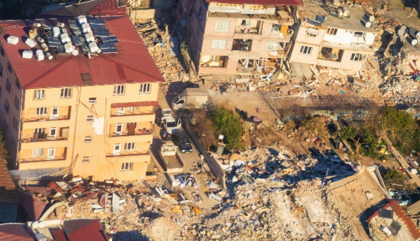

 EM Newsdesk
EM Newsdesk

Emergency management is a crucial aspect of ensuring public safety and preparedness in the event of disasters, crises, and emergencies. Effective emergency management involves various processes, strategies, and tools that help prevent, mitigate, respond, and recover from emergencies.
In this article in emergencymanager.in, we will discuss the key elements of emergency management, as well as some of the most important strategies and tools that emergency managers use to ensure public safety.
1- Risk Assessment- One of the key elements of emergency management is risk assessment. This involves identifying and evaluating the potential risks and hazards that could impact a community or organization, as well as assessing the vulnerabilities and capacities for response and recovery. Risk assessment helps emergency managers develop effective emergency plans and allocate resources accordingly.
2- Emergency planning- Another important aspect of emergency management is emergency planning. This involves developing plans and procedures for emergency response and recovery, including identifying roles and responsibilities, establishing communication protocols, and conducting training and exercises to ensure readiness. Emergency planning is crucial for effective emergency response and
can help minimize damage and loss of life. Agencies like FEMA, USGS in USA and NDMA in India are topmost specialised agencies for emergency planning.
3- Emergency communication- Emergency communication is also a critical component of emergency
management. This involves establishing clear and effective communication channels between emergency responders, stakeholders, and the public. Effective communication can help coordinate response efforts and provide critical information to those affected by emergencies. During Odissa super cyclone 'Fani' emergency communication saved millions of lives.
4- Business continuity- Business continuity is another key aspect of emergency management. This
involves ensuring that critical business functions can continue in the event of an emergency, such as maintaining supply chains, protecting data and infrastructure, and ensuring the safety of employees and customers.
5- Disaster Recovery- Finally, emergency management also involves disaster recovery, which
focuses on restoring normal operations and rebuilding communities in the aftermath of disasters. This includes providing essential services and support to affected individuals and communities, as well as addressing long-term recovery needs.
In conclusion, emergency management is a complex and multifaceted field that requires careful planning, coordination, and collaboration across all levels of government and society. Effective emergency management involves risk assessment, emergency planning, emergency communication, business continuity, and disaster recovery. By implementing these key strategies and tools, emergency managers can help ensure the safety and well-being of their communities in the face of emergencies and disasters.